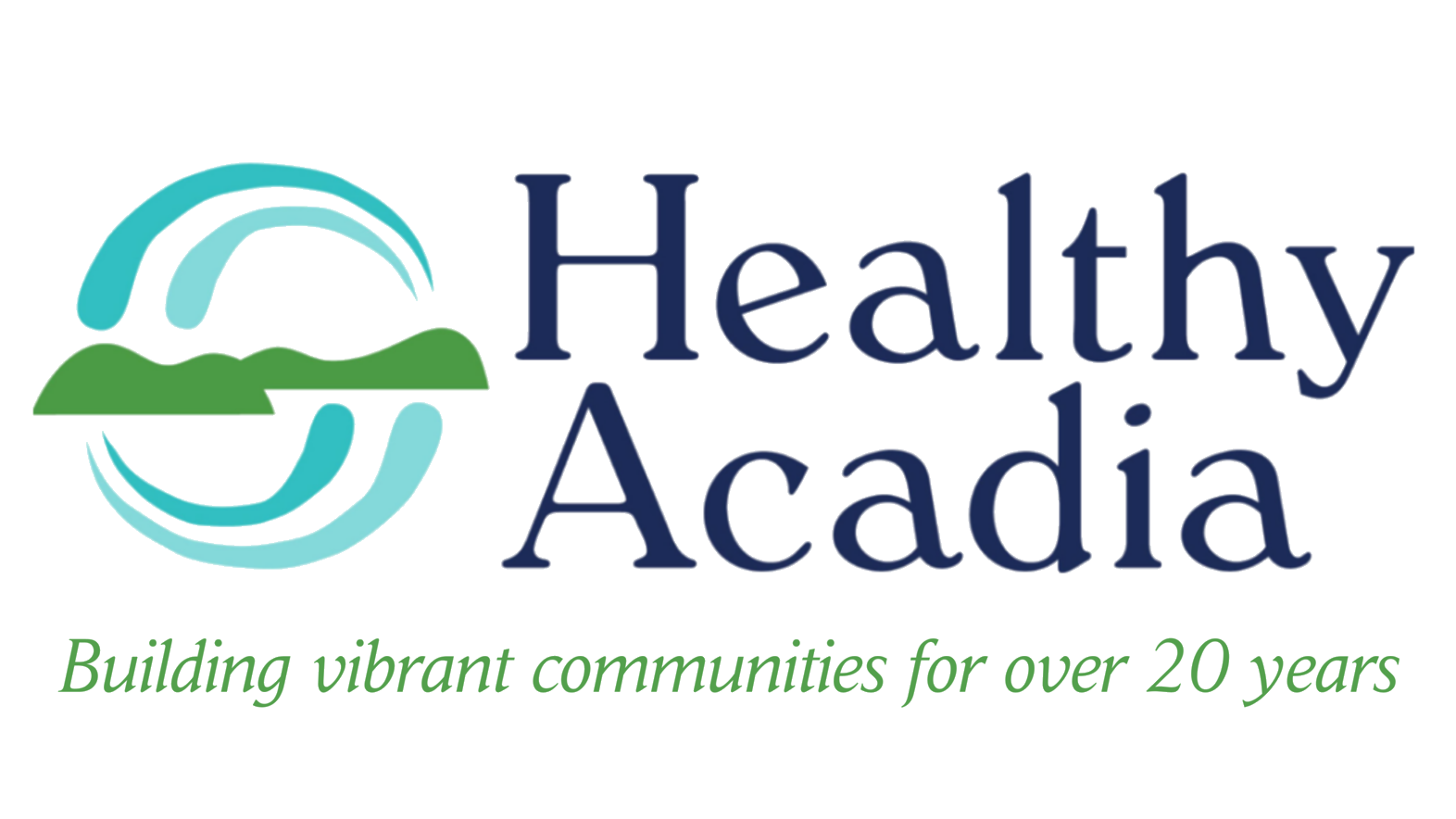Food Safety and Cooking for Crowds - Part 1
Guest post contributed by Healthy Acadia’s Maine SNAP-Ed Nutrition Educator Isidora (Isi) L. Muñoz Segovia
Warmer weather has finally arrived in Maine, and we’re eager to spend time outdoors with family and friends. As we fill our summer calendars with family gatherings, birthday celebrations, picnics, children parties, potluck dinners and more, it’s important to remember that warmer temperatures can pose a risk to food safety. Today I want to talk about “cooking for crowds' ' and what to have in mind to avoid FBIs (Foodborne Illnesses).
First things first: safety. When cooking for crowds, we should be aware that we need to take extra precautions as our foods will be ingested by many more people than what we are used to in our daily lives if we only cook for ourselves or our closest family. We might not be as familiar with everyone’s diets, immune systems, digestive systems and allergies. Sometimes the practices that we are so accustomed to, even growing up, might not work as well for everyone, as every person has a different health history.
What are Foodborne Illnesses?
Foodborne illnesses are caused by the consumption of food, beverages, or water that has been contaminated by one or more pathogens, including bacteria, parasites, yeasts, molds, viruses, toxins, or other nonfood items. Nonfood hazards may include physical items such as glass, toothpick, and fingernails; or chemicals, such as cleaning products, sanitizer, pesticides, or medications.
According to the U.S. CDC, an estimated 48 million people get sick from a foodborne illness, 128,000 are hospitalized, and 3,000 die every year in the United States.
Symptoms of foodborne illness can include diarrhea, cramping, nausea, vomiting, low grade fever, body aches, jaundice, among others.
So after reading this not-super-pleasant information, you might be thinking that OF COURSE (!) you won’t expose your beloved guests to such an experience. However, foodborne contaminants are more common than what you might think. Let’s look at one example of food poisoning: salmonellosis.
What is Salmonella?
The following information is an excerpt from the University of Maine Cooperative Extension Bulletin on Salmonellosis.
Salmonella bacteria live in the intestinal tract of animals and human hosts. Salmonella are usually transmitted to humans by eating foods contaminated with animal feces. Bacteria can grow on just about any food, such as meat, poultry, seafood, eggs, and dairy products, as well as vegetables and fruits, such as beans, grains, orange juice, cantaloupe, and sprouts. To survive and multiply, bacteria need time and the right conditions: food, moisture, and warm temperatures. The ideal temperature for bacterial growth is between 40 and 140 degrees F. This is also known as the “danger zone” and you should limit your food’s exposure to this temperature range.
Salmonella present on raw chicken or meat can survive if they are not cooked thoroughly. Salmonella can also cause foodborne illness through cross-contamination. For example, juices from raw meat or poultry prepared on a cutting board could contaminate salad ingredients if the board was not washed and sanitized before cutting up the salad ingredients.
Even as not all cases of foodborne illness are reported, experts believe that anywhere from 2 to 4 million people contract salmonellosis each year.(UMaine Cooperative Extension, 2011)
But not all hope is lost, I have good news for you!
There are plenty of ways to prevent food poisoning or foodborne illnesses. Here I will list some of the practices that you can look out for and follow when preparing food for large numbers of people, or even for your family and friends one sunny warm day at a picnic gathering.
Make sure all food is cooked at the right temperature.
Prepare foods in smaller batches. Don’t bring everything out at the same time.
Two hour rule: no more than 2 hours in the temperature danger zone (40-140ºF)
Make sure to not cross-contaminate. Keep fresh produce, dairy, meat, poultry and fish separated when raw.
Hygiene. Make sure that you and/or anybody who is preparing the food has followed a rigorous hand washing before interacting with the food.
Storage food properly. Freezing food doesn’t destroy bacteria, it just pauses it from growing and expanding.
These are some of the practices that you can look out for and practice everyday and especially when cooking for a large number of people.
Stay tuned for part two of our Cooking for Crowds feature, where we’ll discuss allergies, more practices to take into account, and share some tips, and recipes!
Shew, P. by A. (2017, August 28). Are you sure it wasn’t food poisoning? USDA. https://www.usda.gov/media/blog/2017/08/28/are-you-sure-it-wasnt-food-poisoning
Healthy Acadia’s Maine SNAP-Ed Nutrition Educators offer year-round cooking and nutrition classes in partnership with schools and organizations throughout Hancock and Washington counties. To learn more or schedule a class, contact Mandy or Shannon in Washington County, and Isi or Lizzie in Hancock County.
